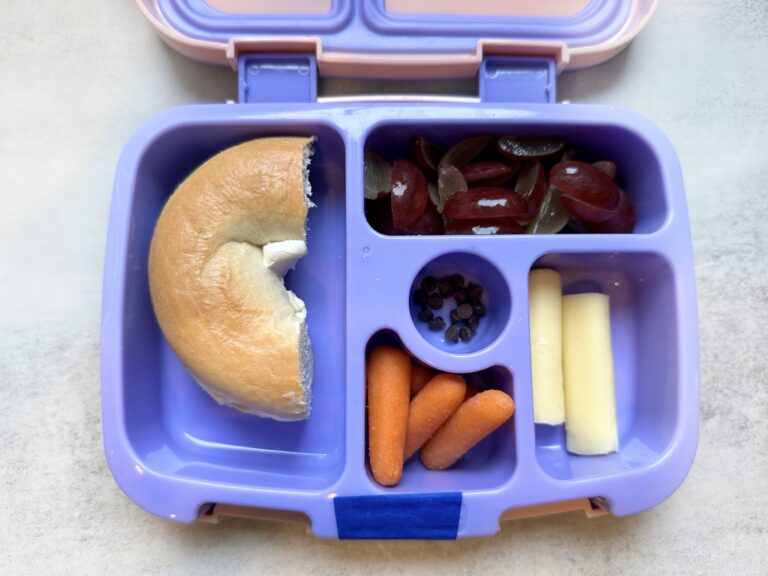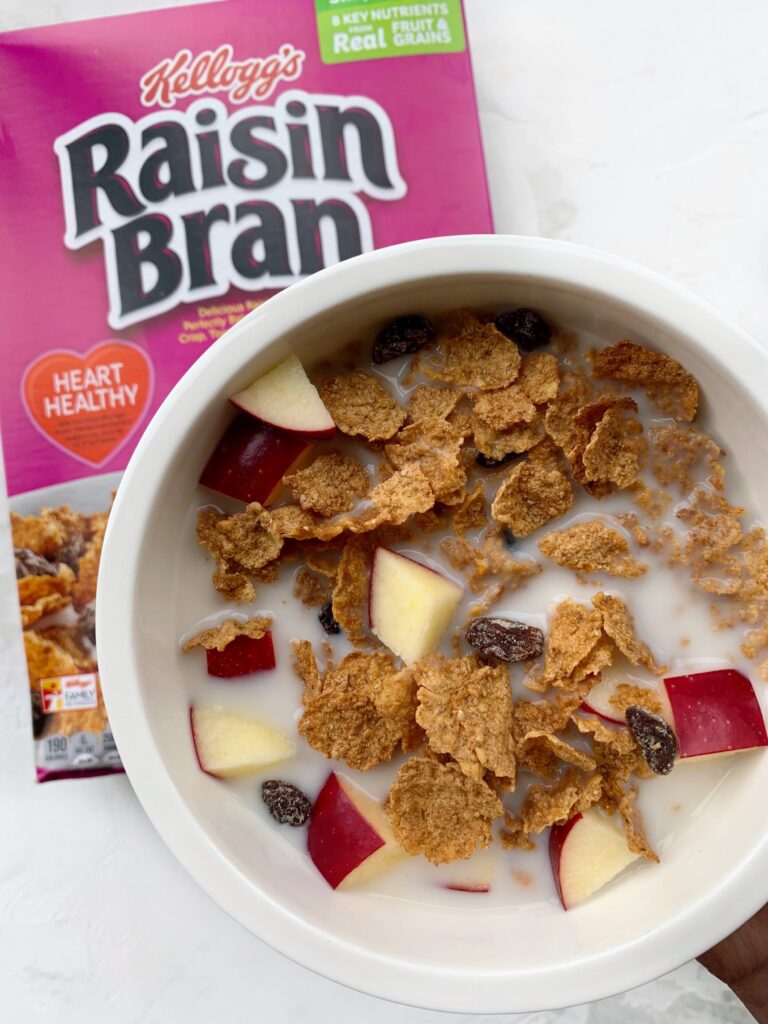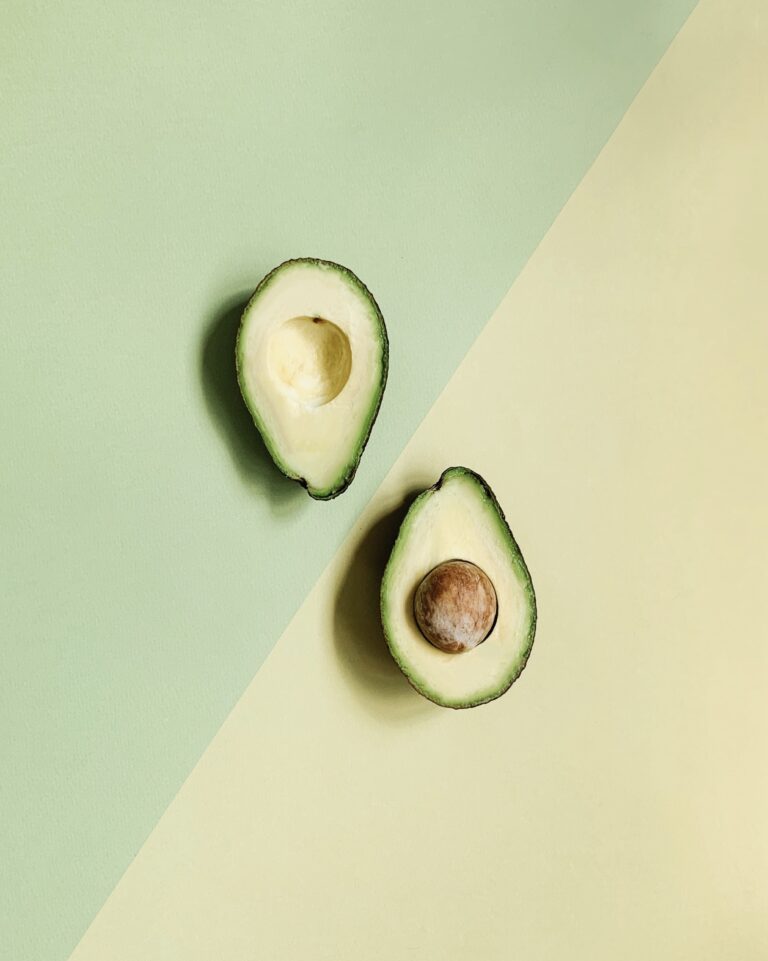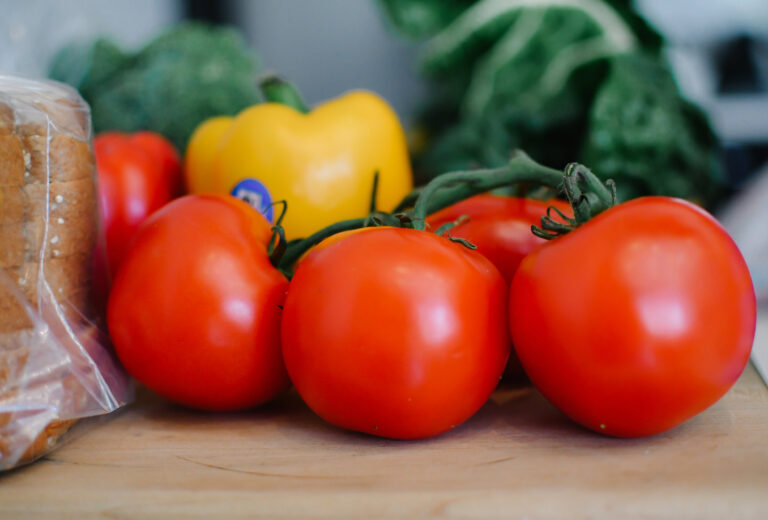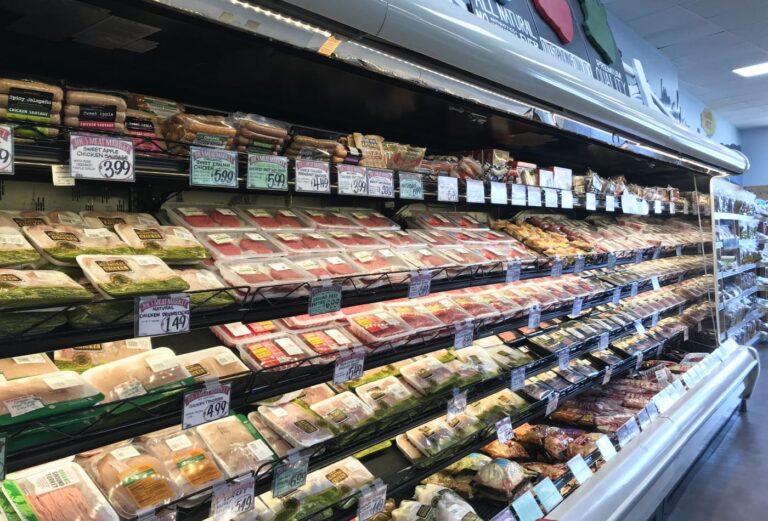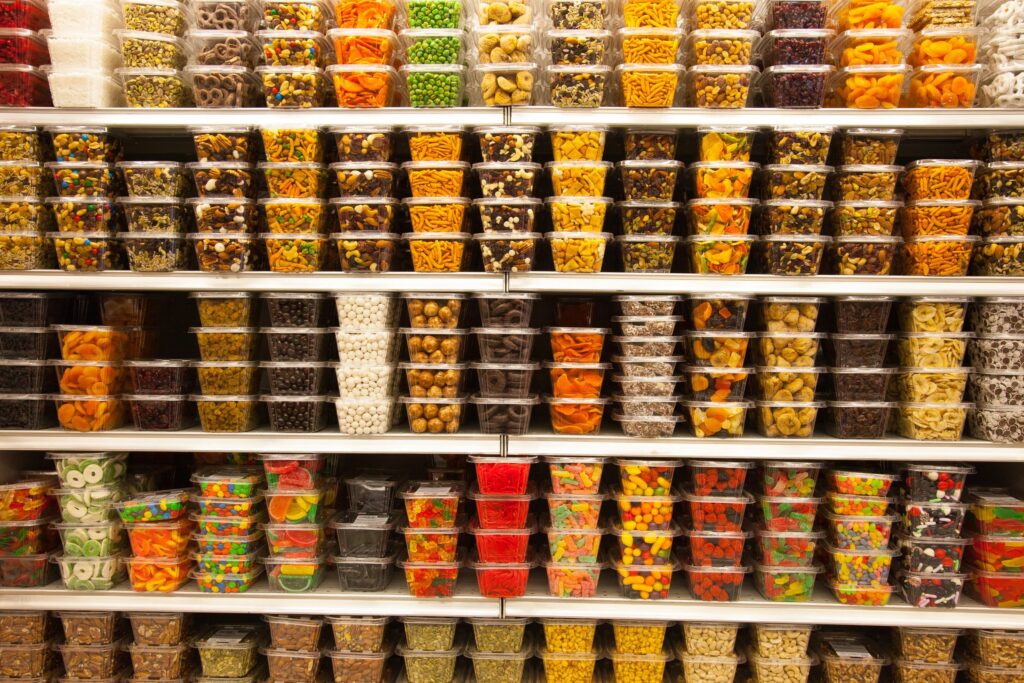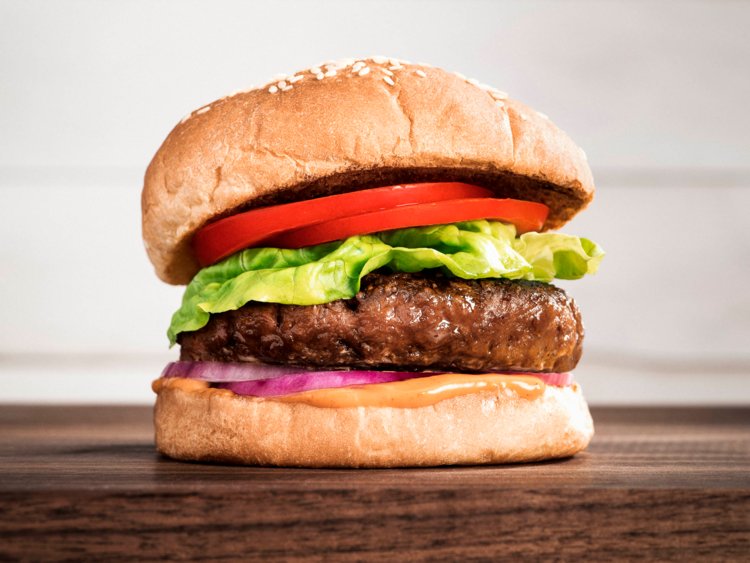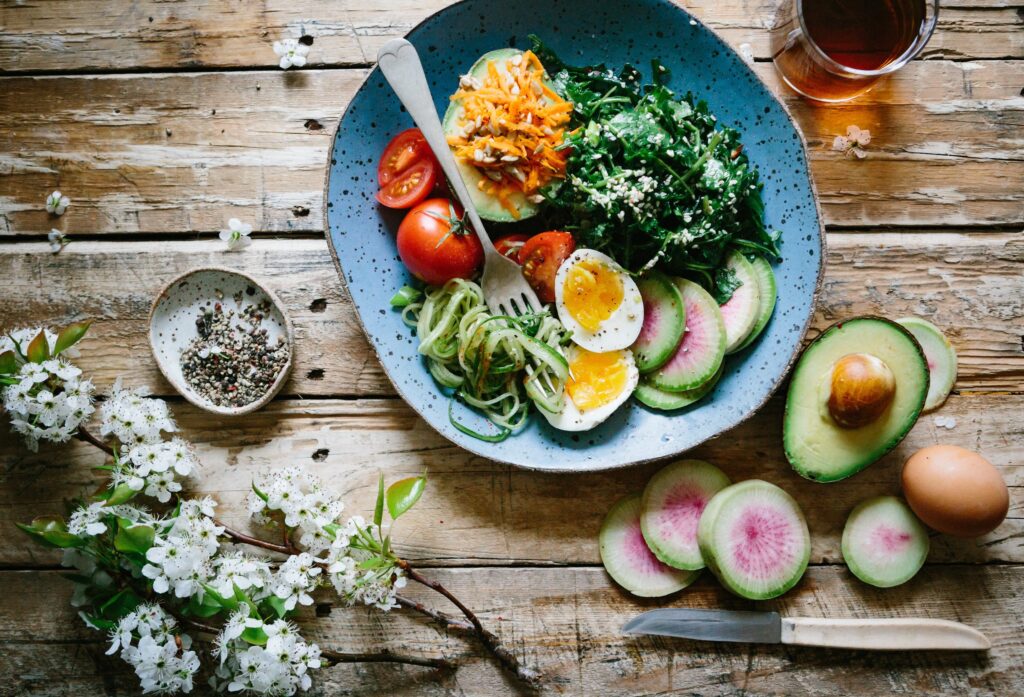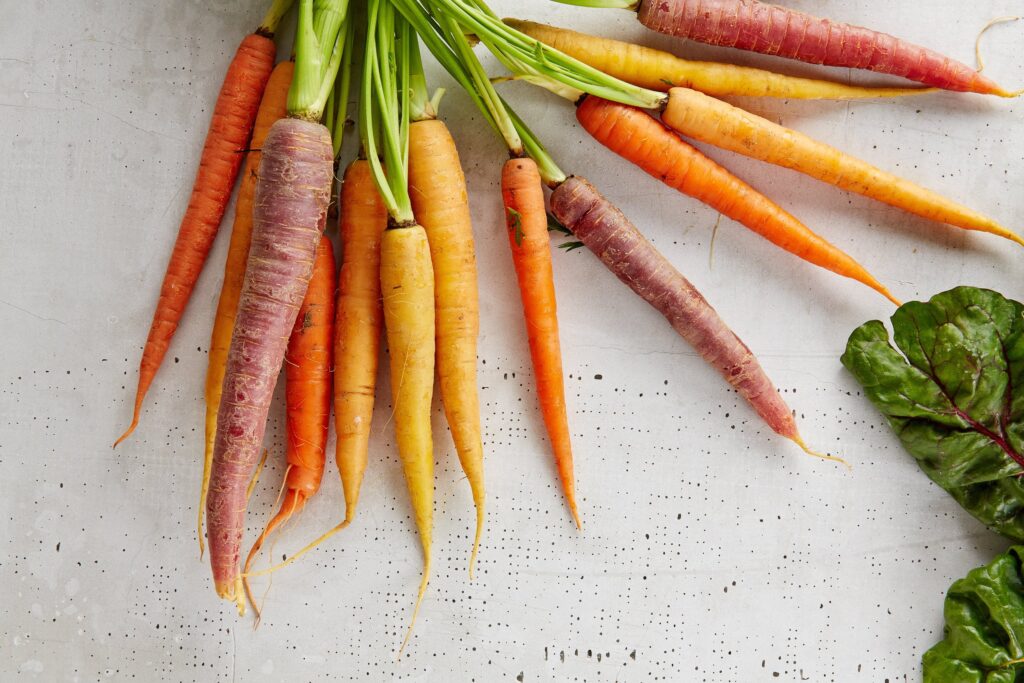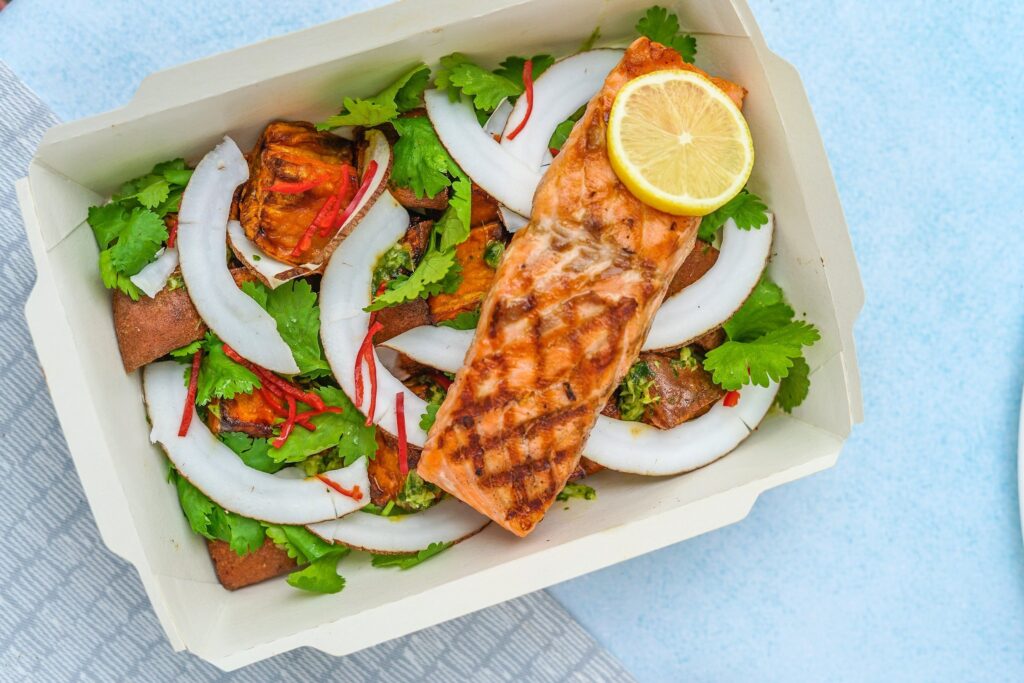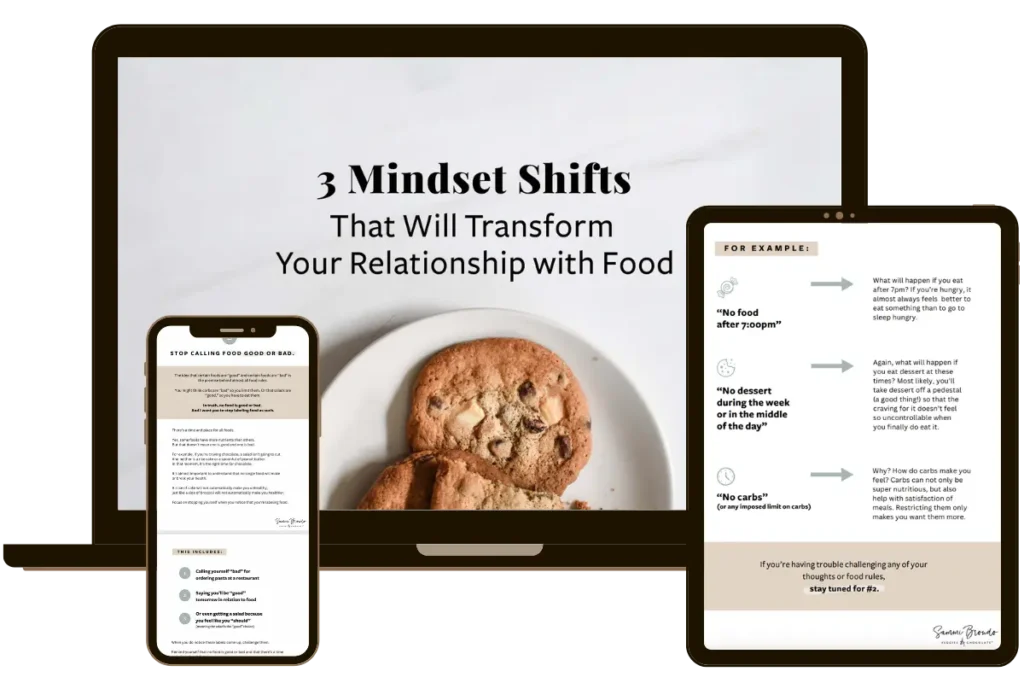
This past decade really messed with us when it came to carbs. If the 90’s were all about dietary fat, the 2010’s were all about CARBS. Should you eat them? Should you avoid them? Should you go gluten free?! Let’s get into it.
An a dietitian, carbs are easily the most feared food among my private practice clients. And I understand why. With so many low carb diets, the popularization of a gluten free diet and the crazy rise of the keto diet, carbs have quickly become public enemy #1.
But they shouldn’t be.
To really know why, I want to break down everything about carbs so that you understand what exactly what they are: what they’re made of, if we need them, what foods they’re found in, healthy ways to add them into your diet and more.
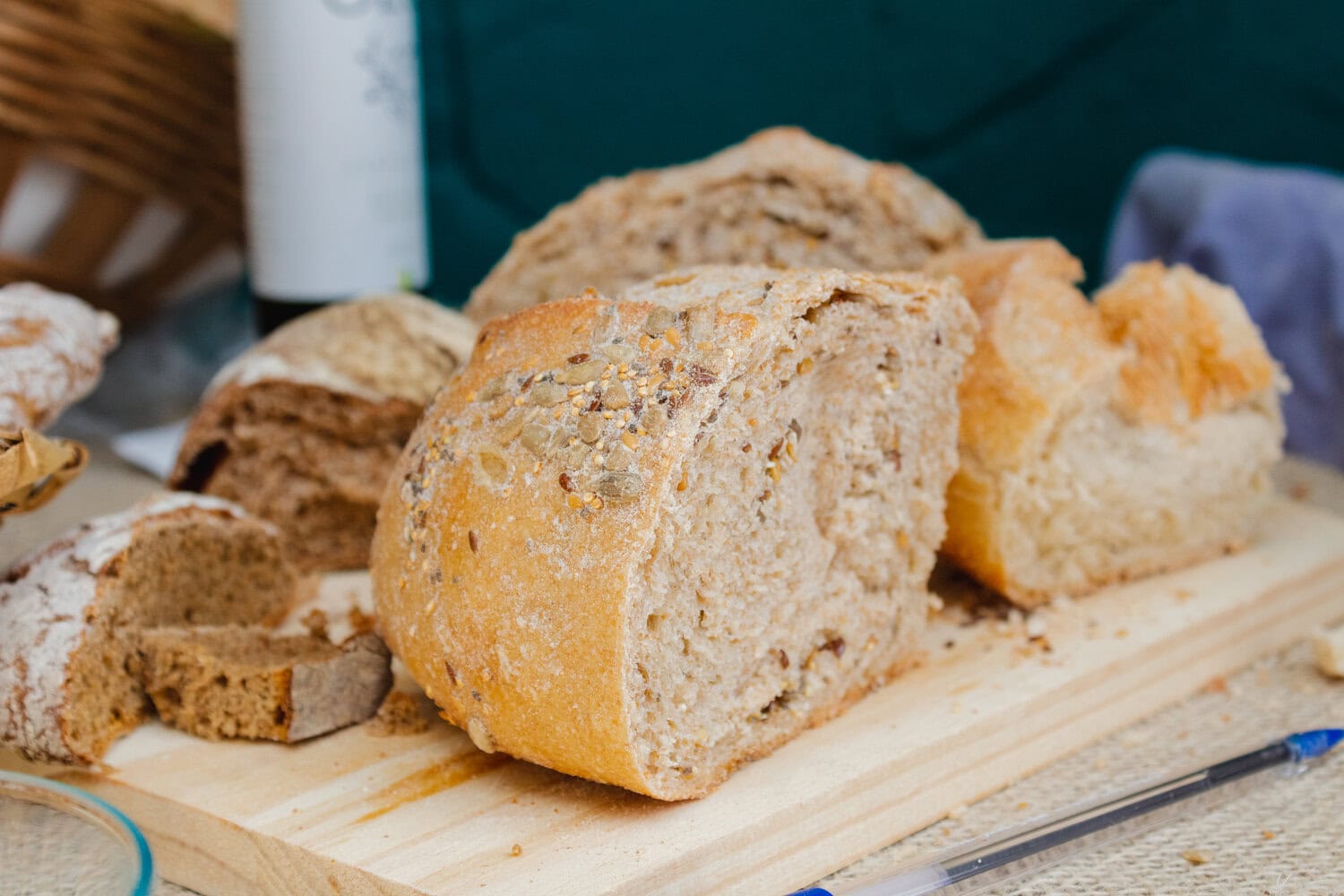
What are carbs?
Carbohydrates are one of the 3 macronutrients, along with protein and fat. Every single food we eat is comprised of at least 1 of these macronutrients. Most often, a food is made of a mix of the 3. (FYI, micronutrients = vitamins and minerals). So, even foods known as carbs might have small amounts of protein and fat.
Carbs can be classified as monosaccharides, oligosaccharides or polysaccharides. This big word just refers to how many saccharide units – or sugar units – the molecule contains. The monosaccharides that you’ve probably heard of include glucose and fructose. Both are found naturally in things like honey and fruit. The other main monosaccharide is called galactose. Monosaccharides are what we commonly call ‘simple carbs.’
Fun fact: sorbitol and xylitol – sugar alcohols – are also monosaccharides. While they’re added to many foods to make the foods sugar free, they’re also found naturally in some fruits and vegetables.
Disaccharides are a combination of two monosaccharides. Sucrose (aka table sugar) is made of glucose and fructose. Lactose is made from glucose and galactose. It’s only in the milk of mammals.
Finally, polysaccharides are a combination of many monosaccharides. Most carbs that we eat contain polysaccharides. Polysaccharides are also what we commonly refer to as ‘complex carbs.’
Why did I think these big words were important for you to know? So that you can understand that the basics of a carbohydrate – monosaccharides – are found in virtually everything we eat. Avoiding carbs completely is nearly impossible.
What if I go gluten free?
Gluten might just be, IMO, the most misunderstood food-related word of all time.
Gluten is a substance made up of 2 proteins: glutenin and gliadin. It’s found in wheat. People who have celiac disease are allergic to gluten and cannot eat it. Celiac disease is found in roughly 1 out of every 140 Americans.
Outside from celiac disease, non-celiac gluten sensitivity, also called NCGS, is still being studied. While more research needs to be done, most has shown that people who feel better from removing gluten from their diets usually do so due to a placebo effect. NCGS, or a gluten intolerance, may not actually be a thing.
If you’ve tried going gluten free and felt better, it’s worth considering: how else did your diet change when eliminating gluten? Were you eating less processed foods overall? Were you adding more whole foods into your diet?
If avoiding gluten led you to also eating more whole, nutrient-dense foods, it’s likely that you felt better because of that change, and not because of the gluten. But, if you were simply swapping regular bread for gluten free bread and still felt better, maybe you did experience some symptoms with gluten.
While I don’t believe gluten intolerance is common, I also would never discount anyone’s symptoms. You know your body best. But, if you’ve been curious about gluten and an actual intolerance, it’s something to keep in mind!
Also, keep in mind that gluten is only in grains. Carbs are in many, many foods – not just grains. So gluten free does not equal carb free.
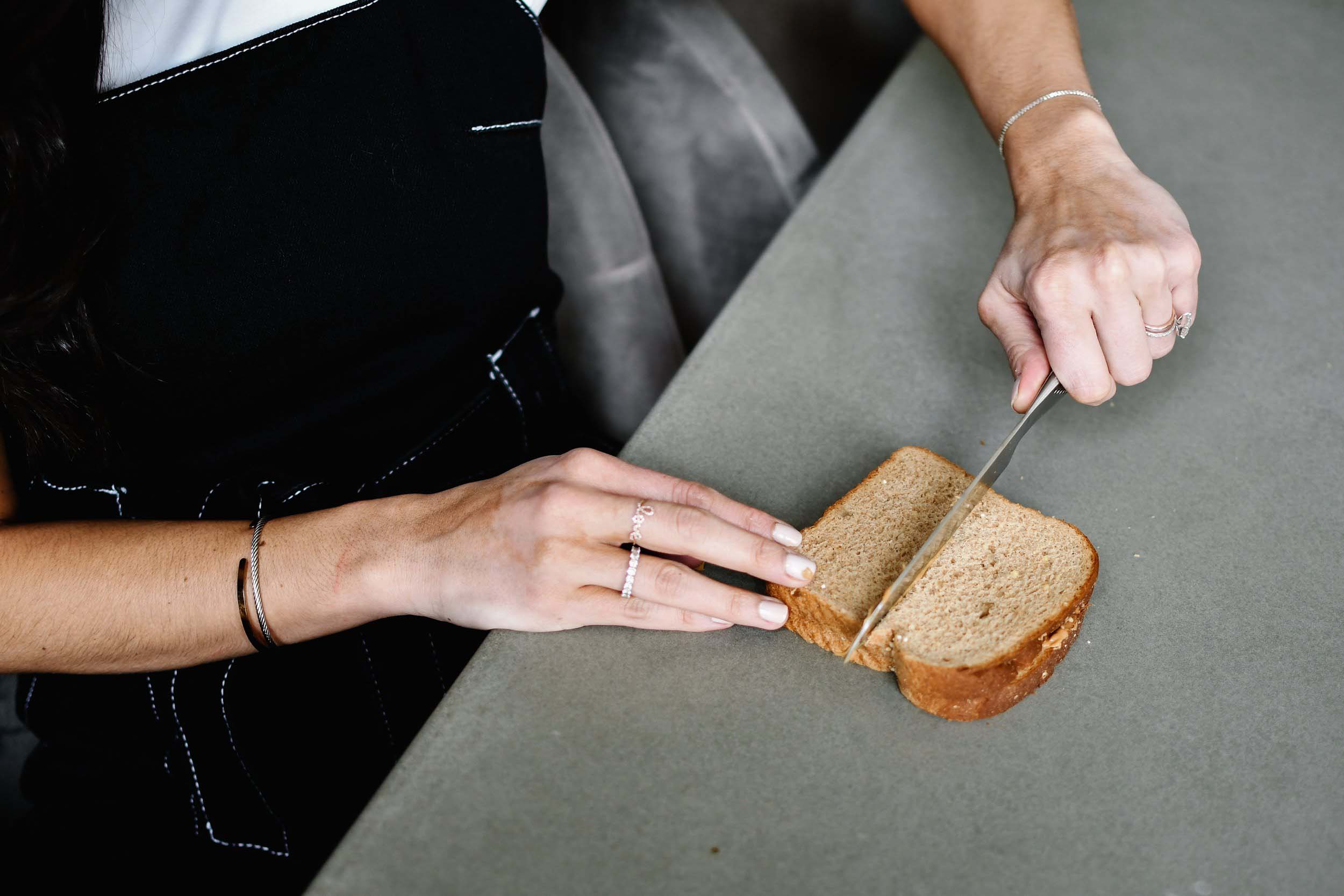
Do we need carbs?
Now, back to carbs. Carbs have the following functions in our bodies:
- They’re required for calorie metabolism and normal fat metabolism (which means breaking down these foods in our bodies after eating them).
- They’re required for detoxification. Seriously. Something called glucuronic acid, which is broken down from glucose, combines with toxins in our bodies to help excrete them. The liver is able to do its job to detox because of carbs.
- They help our nerve tissue and red blood cells function.
- Carbs support our brain function. The brain requires 140 grams of carbohydrates per day just to function.
- They spare our bodies’ protein so we don’t break down protein reserves. If we don’t have enough carbs stored, the body will instead use amino acids (the building blocks of protein) to make glucose.
- Carbs support our GI system and microbiome. Fiber – found in carbs – also helps to excrete food from the body. Lactose (remember, a type of carb) stays in the GI tract longer than other carbs and therefore helps beneficial bacteria grow.
Finally, and I believe most importantly, carbs are stored in our bodies as glycogen. Glycogen is our bodies’ preferred source of fuel. It’s what gives us energy throughout the day, and especially during exercise. It’s a very small molecule that can be stored and used efficiently, which is why we prefer it.
So, do we need carbs? I’ll let you answer that one.
What foods are carbs in and how should I eat more of them?
Carbs are mostly found in the following food groups: grains, starchy vegetables, fruit and dairy. (Yes, dairy does contain carbs – remember, dairy has lactose!).
If you think back to polysaccharides and monosaccharides, some of these naturally occurring carbs are complex carbs and some are simple carbs. So, it’s too over-generalized to recommend eating complex carbs and avoiding simple carbs. Technically, fruit is a simple carb.
Instead, I like to recommend focusing on carbs that contain fiber. Fiber is a type of non-digestible carb that’s found in plants. Because getting into the nitty gritty about fiber would be a whoooole other topic, so I’ll keep it short and sweet. Basically, fiber helps to do 2 things: it binds compounds together in the body and helps bring food out of the body. Because of this, fiber is super beneficial for our cholesterol, blood sugar and energy levels.
Whole grains, starchy vegetables and fruit – all whole food sources of carbohydrates – are some of the biggest sources of fiber. Examples of whole grains include: whole wheat bread, brown rice, quinoa, whole grain cereal and even popcorn. Starchy vegetable include potatoes, sweet potatoes, beans, peas and corn. Fruit is self-explanatory… I hope. I’d like to take this time to also remind you that no fruit is bad fruit.
Eating any of these fiber-rich carbs regularly is super important. While you’ve already learned the science-y things that carbs can do above, on a more tangible level, carbs also help us to feel full and satisfied.
The fiber in carbs helps to provide a physical feeling of fullness. The heartiness of them helps to provide an emotional feeling of satisfaction. Have you ever eaten a salad without any carbs and realized you were soon either hungry and/or just wanting something else to eat soon after?
Carbs are key in any meal to make the meal both filling and satisfying.
Aim to include fiber-rich carbs in most your meals. Sometimes, you should also eat refined carbs when you’re craving them. Refined carbs are foods like white bread, white pasta and baked goods that are processed to remove part of the grain and therefore, most of the fiber. There is nothing wrong with eating refined carbs from time to time. And louder for those in the back: there is nothing wrong with eating refined carbs from time to time.
Focus mostly on eating fiber-rich carbohydrates in your meals, make sure to eat refined carbs occasionally when you’re craving them, and you’ll be good to go.

How many carbs should I eat in a day?
In general, the recommended balance of macronutrients in our diets is: 45-65% of total calories from carbs, 10-35% from protein and 20-35% from fat. For all of the reasons I’ve already listed, it’s recommended that carbs make up the bulk of our diets.
The exact grams per day will differ from person to person, of course. If you’re eating a 2,000 calorie diet, 45-65% of your calories from carbs translates to about 225-325 grams of carbohydrates per day.
Instead of meticulously counting your carb grams though (there’s nothing fun about that), an easy way to ensure you’re eating the right amount of carbs for your body is by first trying to include at least 1 carb source at each meal.
For example, try having whole grain cereal with breakfast, whole wheat bread at lunch and maybe some brown rice at dinner. Then, by listening to your hunger and fullness cues, you can start to get an idea for how much your body needs. If you’re still hungry after a meal, try adding a little more. If you found you were a little too full (*physically* full, not too be confused with just being uncomfortable with the idea!), try adding a little less.
Finally, some examples of super balanced and filling meals with carbs:
Breakfast:
- Whole grain cereal with Greek yogurt and berries
- Oatmeal with peanut butter and a banana
Lunch:
- A turkey sandwich on whole wheat bread with lettuce, tomato, cucumber and hummus
- A salad with tons of veggies, black beans and a chopped apple
Dinner:
- A harvest bowl with roasted brussels sprouts, carrots, tofu and chickpeas
- Whole wheat pasta with broccoli, chicken and parmesan cheese
- A slice of pizza with a side salad (yep, you read that right)
There are so many other topics I could get into about carbs: whole wheat, starch, fiber, etc. There’s so much to say about them because they’re such an important nutrient.
If there’s anything I hope you take away from this, it’s that carbs are the last thing you should fear. Carbs help our bodies function in so many ways and most importantly, help us function efficiently. They give us energy, help our brains to function, and even help our livers to detox.
If you avoid anything in 2020, let it be advice that tells you not to eat carbs. Because after reading this I hope you know that not only are carbs not the enemy, but they’re also seriously beneficial.
Want to learn even more about carbs, meal ideas, and how to include them in your diet? Check out All Foods Fit, my membership program with 12 nutrition lessons, or check out my e-book and mini guide, 7 Days to Make All Foods Fit.

